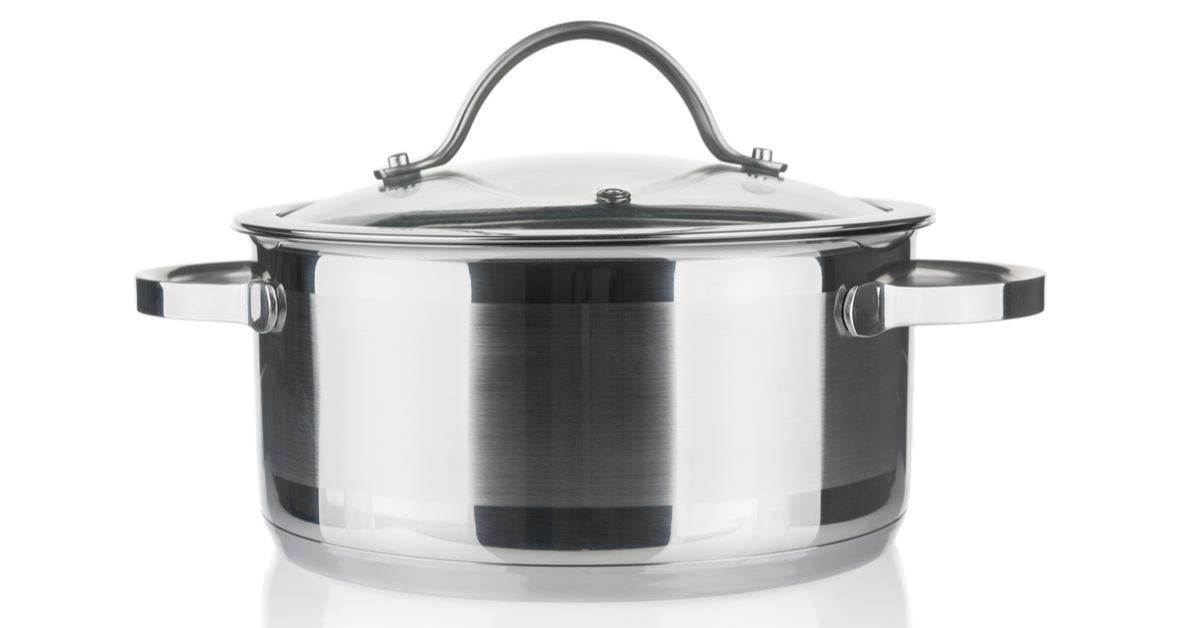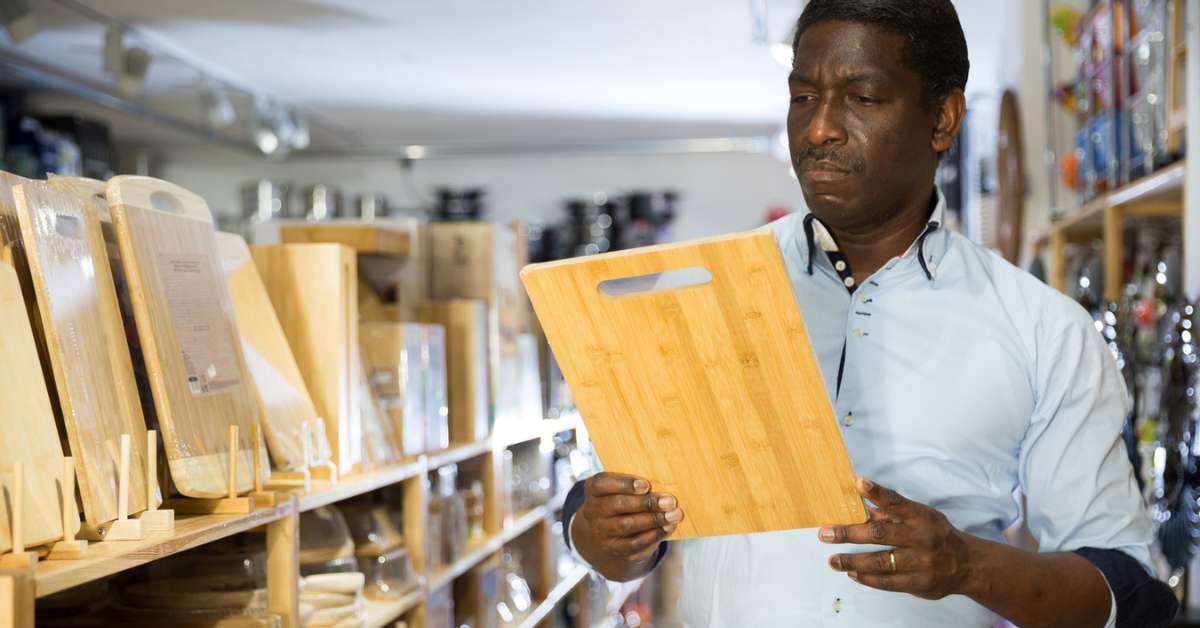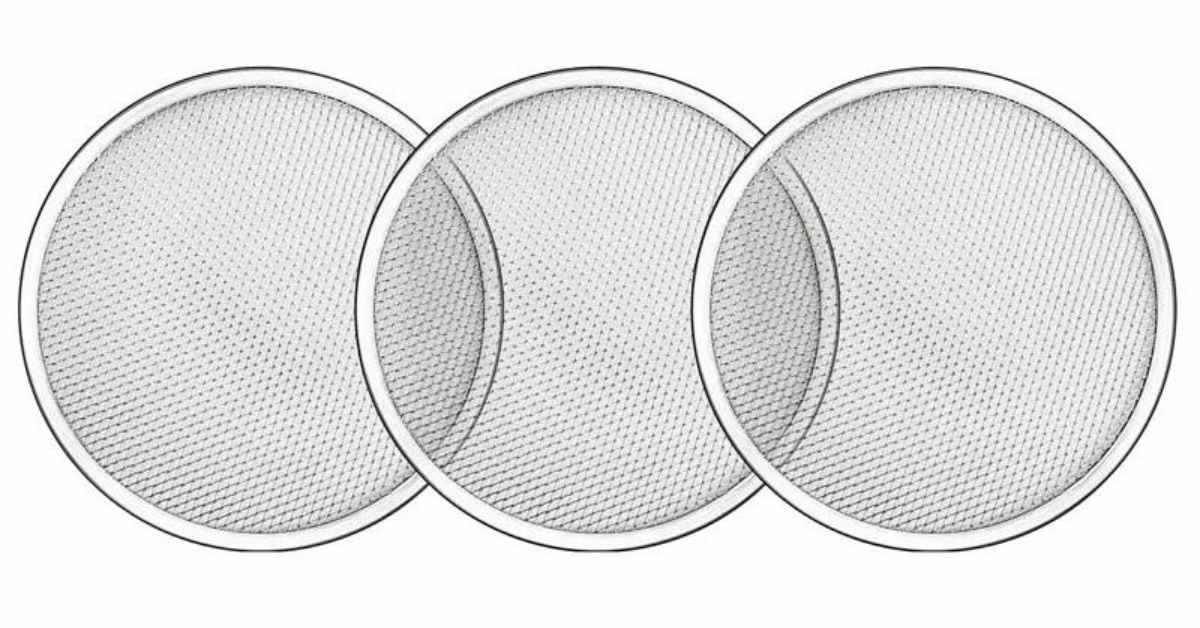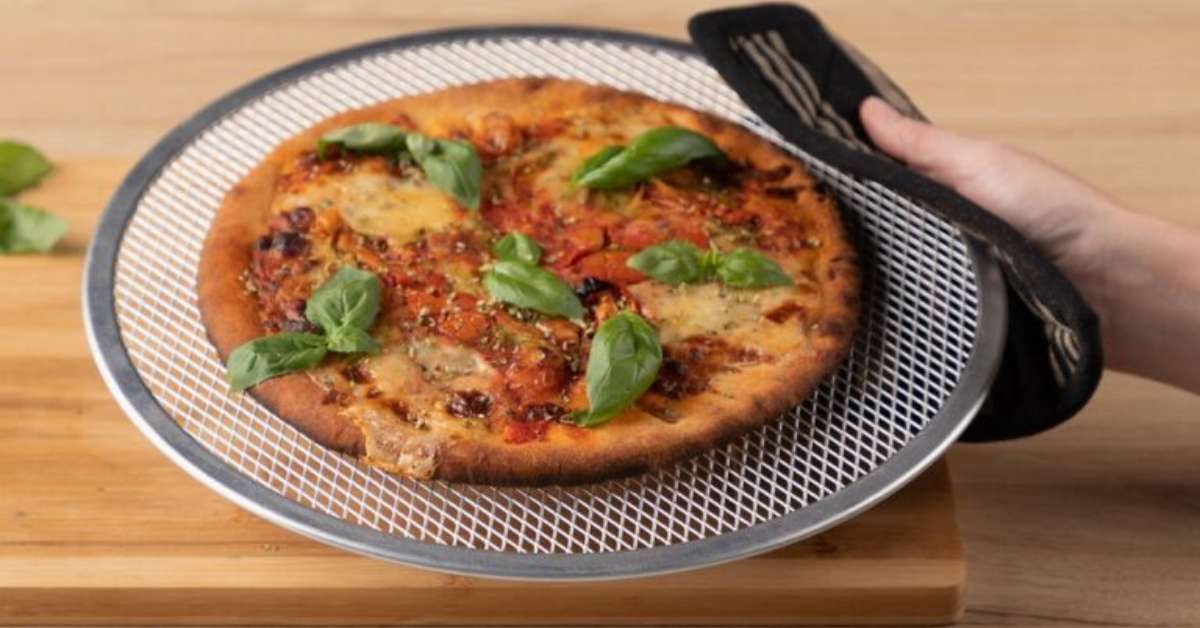A heavy-bottomed saucepan is an essential kitchen tool every cooking enthusiast should have in their culinary arsenal. This sturdy and versatile cookware is designed to provide even heat distribution. It is ideal for various cooking techniques, from simmering sauces to boiling pasta or preparing delicate custards.
A heavy-bottomed saucepan offers superior heat retention and precise temperature control. This article will explore everything you need to know about heavy-bottomed saucepans, their benefits, and how they can elevate your cooking experience in 2023 and beyond. So, let’s dive in and discover the wonders of this culinary workhorse!
Table of Contents
ToggleWhat is a Heavy Bottomed Saucepan
A heavy-bottomed saucepan is a type of cookware with a thick, solid base, typically made of materials like stainless steel, copper, or aluminum. This robust construction distinguishes it from regular saucepans, which often have thinner bottoms.
The primary purpose of a heavy bottom in a saucepan is to provide enhanced heat distribution and retention. The thick base helps distribute heat evenly across the cooking surface, ensuring food cooks consistently without hot spots. This is particularly important when preparing delicate dishes that require precise temperature control, such as sauces, custards, or risottos.
The weight of a heavy-bottomed saucepan also contributes to its performance. The added heft provides stability and prevents the pan from easily tipping or wobbling on the stovetop. This stability is especially beneficial when stirring or whisking ingredients vigorously.
Furthermore, the design of a heavy-bottomed saucepan allows it to hold and maintain heat for extended periods. This quality is advantageous for tasks that require simmering or slow cooking, as the pan retains heat effectively, resulting in thorough and even cooking.
It’s worth noting that heavy-bottomed saucepans are available in various sizes, allowing you to choose the one that best suits your cooking needs. Whether you’re cooking for yourself or preparing a meal for a large gathering, there is a size that can accommodate your requirements.
How Does a Heavy-Bottomed Saucepan Work
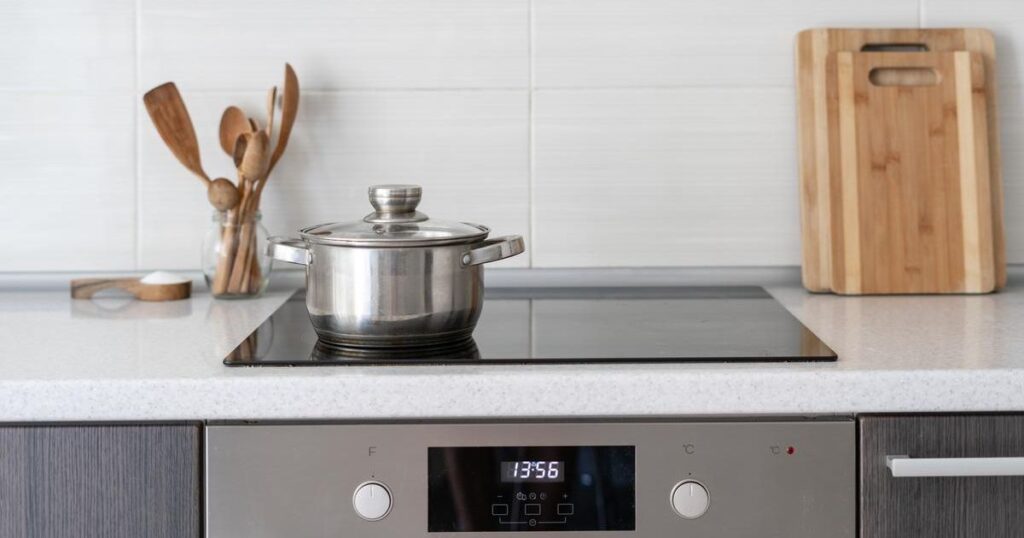
A heavy-bottomed saucepan utilizes its unique design and construction to optimize heat distribution and retention. Let’s delve into the mechanics of how this type of cookware functions.
The critical component of a heavy-bottomed saucepan is its thick and solid base. Typically made from materials like stainless steel, copper, or aluminum, this base plays a crucial role in the pan’s performance. When placed on a heat source like a stovetop burner, the base absorbs and distributes the heat evenly across the cooking surface.
The thickness of the bottom ensures that heat is distributed uniformly, minimizing the risk of hot spots that can lead to uneven cooking. This is particularly important when preparing dishes requiring precise temperature control or dealing with ingredients prone to scorching.
The heat retention capability of a heavy-bottomed saucepan is also notable. Once the pan reaches the desired temperature, the thick base helps to maintain that heat for an extended period. This is advantageous for tasks that involve simmering, slow cooking, or keeping food warm for serving.
The weight of the saucepan contributes to its functionality as well. The heavier construction provides stability and prevents the pan from quickly shifting or tipping during cooking. This stability is particularly beneficial when stirring or whisking ingredients vigorously, ensuring a secure cooking experience.
To maximize the performance of a heavy-bottomed saucepan, it is recommended to use it in medium to low heat settings. The thick base efficiently conducts and retains heat, reducing the need for high heat levels. This not only helps to prevent food from sticking or burning but also conserves energy.
Types of Heavy-Bottomed Saucepans
When it comes to heavy-bottomed saucepans, there are several types available, each offering unique advantages and characteristics. Let’s explore some of the most common types:
Stainless Steel Saucepan
Stainless steel saucepans are popular among home cooks and professional chefs. They are known for their durability, corrosion resistance, and maintenance ease. Stainless steel pans with a heavy bottom provide excellent heat distribution and retention, allowing for precise temperature control during cooking. Also, stainless steel is non-reactive, making it suitable for preparing many dishes, including acidic or alkaline ingredients.
Copper Saucepan
Copper saucepans have long been prized for their exceptional heat conductivity. The copper construction ensures rapid and uniform heat distribution, which is particularly beneficial for delicate sauces or dishes that require precise temperature adjustments. Copper pans often feature a stainless steel or tin lining to prevent any reaction between copper and acidic foods. They also showcase an attractive, timeless aesthetic that adds a touch of elegance to any kitchen.
Aluminum Saucepan
Aluminum saucepans are lightweight, affordable, and excellent heat conductors. They heat up quickly and distribute heat evenly, resulting in efficient and consistent cooking. However, aluminum is a reactive metal, typically coated or anodized, to prevent interaction with certain ingredients. Aluminum pans with a heavy bottom are an excellent choice for everyday cooking, offering affordability and reliable performance.
Cast Iron Saucepan
Cast iron saucepans are renowned for their exceptional heat retention properties. While cast iron pans can be heavy, their weight contributes to their excellent heat distribution and durability. The heavy bottom of a cast iron saucepan allows for steady and even heat throughout the cooking process. These pans are ideal for slow cooking, simmering, or braising, as they hold heat exceptionally well and provide a consistent temperature.
It’s important to note that each heavy-bottomed saucepan type has unique characteristics and considerations. Factors such as heat conductivity, reactivity, maintenance requirements, and aesthetic appeal should be considered when selecting the most suitable saucepan for your cooking needs.
Ultimately, the choice between stainless steel, copper, aluminum, or cast iron will depend on your preferences, cooking style, and desired outcomes in the kitchen.
Difference Between a Heavy Bottomed Saucepan and a Regular Saucepan
To better understand the unique qualities of a heavy-bottomed saucepan, let’s compare it with a regular saucepan and explore the features that set them apart. Here’s a comparison table highlighting the key differences:
| Heavy Bottomed Saucepan | Regular Saucepan | |
| Heat Distribution | Provides even heat distribution due to the thick and solid bottom. | Heat distribution may be less even due to a thinner bottom. |
| Heat Retention | Retains heat effectively, allowing for thorough and consistent cooking. | May not retain heat as well, leading to temperature fluctuations. |
| Stability | Offers stability during cooking, minimizing tipping or wobbling. | May be less stable and prone to tipping or wobbling. |
| Versatility | Suitable for a wide range of cooking techniques, including simmering and delicate custards. | Suitable for basic cooking tasks but may struggle with precise temperature control. |
| Construction | Typically made of materials like stainless steel, copper, or aluminum. | Often made with lighter materials and thinner bottoms. |
| Durability | Known for their sturdiness and durability, making them long-lasting. | May be less durable, especially if made with thinner materials. |
| Price | Can range in price depending on the material and brand. | Generally more affordable compared to heavy-bottomed saucepans. |
These differences highlight why a heavy-bottomed saucepan is superior for many cooking needs. Its thicker base provides superior heat distribution, allowing for more precise and even cooking. A heavy-bottomed saucepan’s enhanced heat retention and stability improve cooking performance.
On the other hand, regular saucepans, while suitable for basic cooking tasks, may offer a different level of control and consistency. They may have thinner bottoms, leading to uneven heat distribution and reduced heat retention. Regular saucepans are often more affordable but may sacrifice some durability compared to heavy-bottomed saucepans.
Considering these distinctions, you can make an informed decision when selecting the suitable saucepan for your specific cooking requirements. Whether you opt for a heavy-bottomed saucepan or a regular saucepan, understanding their differences will help you achieve the best results in the kitchen.
Factors to Consider When Choosing a Heavy-Bottomed Saucepan
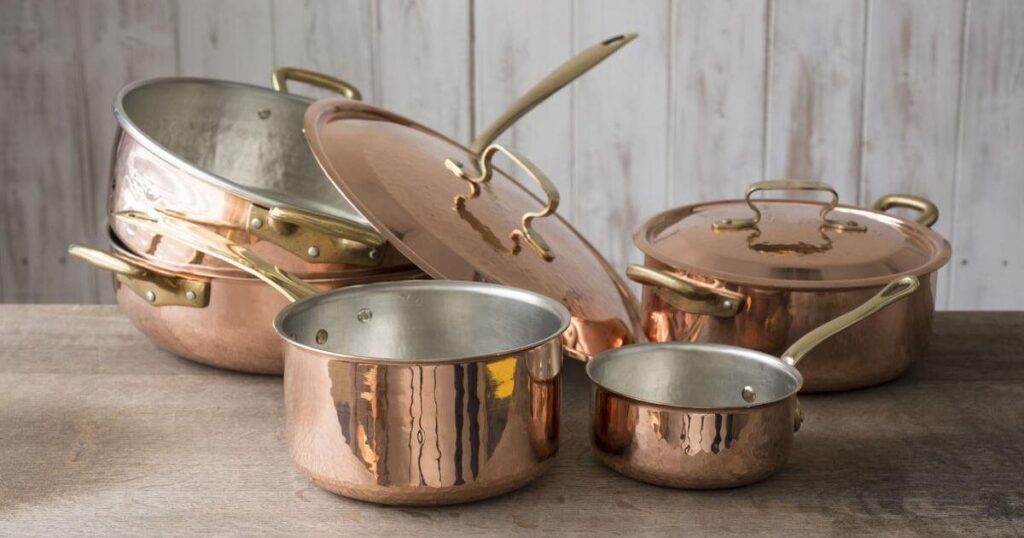
When selecting a heavy-bottomed saucepan, several essential factors must be considered. Let’s explore these factors to help you make an informed decision:
Size of the Saucepan:
Consider the size of the saucepan that will best suit your cooking needs. Heavy-bottomed saucepans come in various sizes, ranging from small to large. Think about the quantity of food you typically cook and the number of people you usually serve. It’s beneficial to have a range of sizes to accommodate different recipes and cooking tasks.
Type of Stove:
Take into account the type of stove you have in your kitchen. Heavy-bottomed saucepans are compatible with most stovetop types, including gas, electric, and induction. However, if you have an induction cooktop, ensure that the saucepan is labeled explicitly as induction-compatible. This will guarantee optimal heat transfer and efficiency.
Cost:
Consider your budget when choosing a heavy-bottomed saucepan. The cost can vary depending on the brand, material, and quality. Stainless steel saucepans are often more affordable, while copper or high-end brands can be more expensive. Determine your budget range and prioritize the features that are most important to you.
Maintenance:
Evaluate the maintenance requirements of the saucepan. Some heavy-bottomed saucepans are dishwasher-safe, which can be convenient for easy cleaning. Others may require handwashing to preserve their quality and extend their lifespan. Additionally, consider if the saucepan requires specific care instructions, such as seasoning for cast iron pans. Choose a saucepan that aligns with your preferred cleaning and maintenance routine.
Purpose:
Think about the specific purpose or cooking techniques you intend to use for the saucepan. Are you primarily using it for simmering sauces, boiling pasta, or preparing delicate custards? Different heavy-bottomed saucepans excel in specific tasks.
For example, copper pans are excellent for tasks requiring precise temperature control, while stainless steel pans are versatile for various cooking techniques. Choose a saucepan that suits your specific cooking needs and preferences.
Considering these factors, you can select a heavy-bottomed saucepan that aligns with your cooking style, budget, and desired outcomes.
Benefits of Using a Heavy-Bottomed Saucepan
Using a heavy-bottomed saucepan in your kitchen can offer numerous advantages that enhance your cooking experience and the quality of your dishes. Let’s explore the benefits of using this versatile cookware:
Reduced Risk of Burning Food:
One of the significant advantages of a heavy-bottomed saucepan is its superior heat distribution. The thick and solid base ensures even heat spread across the cooking surface, minimizing the risk of hot spots that can lead to burning or uneven cooking. This feature is particularly beneficial when preparing delicate sauces, custards, or dishes that require precise temperature control.
Versatility:
Heavy-bottomed saucepans are incredibly versatile and can handle various cooking tasks. These pans can do everything from simmering sauces and boiling pasta to preparing soups, stews, and more. Whether you need to slow cook, sauté, or simmer, a heavy-bottomed saucepan provides reliable performance and consistent results.
Energy Efficiency:
The excellent heat retention of heavy-bottomed saucepans contributes to their energy efficiency. Once the pan reaches the desired temperature, it requires less heat to maintain the cooking process. This means you can reduce the stove’s heat while cooking, saving energy and lowering utility bills.
Durability:
Heavy-bottomed saucepans are built to last. The sturdy construction and high-quality materials, such as stainless steel, copper, or cast iron, ensure their durability and longevity. When properly cared for, these saucepans can serve you well for many years, making them a wise investment for any kitchen.
Health Benefits:
Using a heavy-bottomed saucepan can also have health benefits. With even heat distribution and precise temperature control, you can avoid overcooking or scorching ingredients, which may preserve their nutrients and flavors. Some materials, such as stainless steel, are non-reactive, ensuring your food remains safe and free from harmful chemical interactions.
Tips for Using a Heavy Bottomed Saucepan
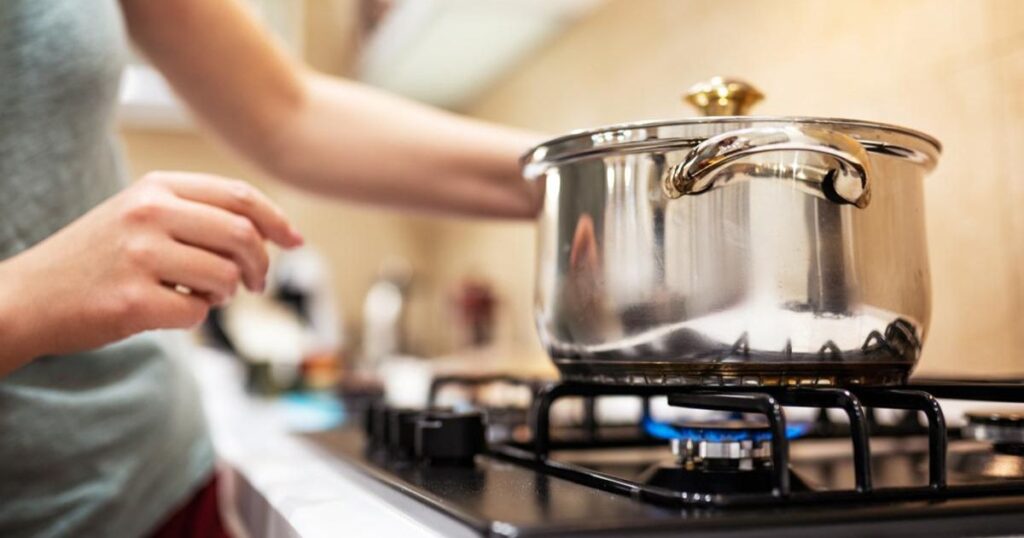
Using a heavy-bottomed saucepan effectively can elevate your cooking experience and help you achieve excellent results. Here are some tips to keep in mind when using this type of cookware:
Preheat the Pan: Before adding any ingredients, preheat the heavy-bottomed saucepan over medium heat for a few minutes. This ensures the pan is evenly heated and ready to distribute heat effectively once you start cooking. Preheating also helps prevent food from sticking to the surface.
Use Medium to Low Heat: Heavy-bottomed saucepans are designed to conduct and retain heat efficiently. It’s best to use medium to low heat settings on your stove to maximize its performance. Avoid high heat, as it may lead to scorching or burning food. The thick base of the saucepan will distribute heat evenly, even on lower heat settings.
Stir Occasionally: Heavy-bottomed saucepans provide excellent heat distribution, but stirring your food occasionally is still essential. This helps prevent ingredients from sticking to the bottom and promotes even cooking. Use a wooden or heat-resistant silicone spoon or spatula to stir gently and avoid scratching the surface.
Adjust Cooking Times: Due to the excellent heat retention of a heavy-bottomed saucepan, you may need to adjust your cooking times slightly. Once the pan reaches the desired temperature, it will continue to cook the food even when the heat is reduced or turned off. Keep this in mind and monitor your cooking closely to avoid overcooking.
Avoid Abrasive Cleaning: To maintain the quality of your heavy-bottomed saucepan, avoid using abrasive cleaning tools or harsh chemicals. Opt for gentle dishwashing liquid and a soft sponge or cloth for cleaning. If food is stuck on the bottom, fill the pan with warm water and let it soak before gently scrubbing.
Match Pan Size to Burner: When using a heavy-bottomed saucepan, match the pan’s size to the size of the burner on your stove. Using a too-small or too-large pan for the burner can result in uneven heat distribution and inefficient cooking.
Store Properly: Store your heavy-bottomed saucepan properly to prevent damage or scratches. Place a soft cloth or paper towel between multiple pans to protect the surfaces if stacking multiple pans. Store the pans in a dry and well-ventilated area to avoid moisture buildup.
By following these tips, you can make the most of your heavy-bottomed saucepan and enjoy its superior cooking performance. Proper use and care will make it a reliable and versatile tool in your kitchen, helping you easily create delicious meals.
Frequently Asked Questions
What is a heavy saucepan?
A heavy saucepan is a type of cookware with a thick and solid bottom, which aids in even heat distribution and retention during cooking. It is designed to provide superior performance and precise temperature control.
What is a heavy pan called?
A heavy pan with a thick bottom is often called a heavy-bottomed pan or a heavy-bottomed saucepan. The weight and construction of these pans contribute to their excellent heat distribution and retention capabilities.
Can I use a Heavy Bottomed Saucepan on an Induction Stove?
Yes, many heavy-bottomed saucepans are compatible with induction stoves. However, ensuring that the saucepan is labeled explicitly as induction-compatible is essential. Induction stoves require cookware with a magnetic base to generate heat, and not all heavy-bottomed saucepans are designed for this purpose.
Can a Heavy Bottomed Saucepan be used in the Oven?
Yes, depending on the handle material, many heavy-bottomed saucepans are oven-safe. However, it is essential to check the manufacturer’s instructions or specifications to determine the specific temperature limits and guidelines for oven use. Some heavy-bottomed saucepans have removable handles or handles designed to withstand oven temperatures.
Why Does a Heavy-Bottomed Saucepan Cost More than a Regular Saucepan?
A heavy-bottomed saucepan’s higher cost than a regular saucepan can be attributed to several factors. Firstly, heavy-bottomed saucepans are often constructed using high-quality materials such as stainless steel, copper, or cast iron, which are more expensive than lighter materials. Additionally, the extra thickness and weight of the bottom require different manufacturing processes, resulting in a higher production cost. Heavy-bottomed saucepans’ superior heat distribution, retention, and overall performance also contribute to their higher price point than regular saucepans.
Conclusion
A heavy-bottomed saucepan is a valuable addition to any kitchen. Its thick and solid bottom ensures even heat distribution and superior heat retention, reducing the risk of burning food and providing consistent cooking results. Heavy-bottomed saucepans offer numerous benefits for various cooking tasks with their versatility, energy efficiency, and durability.
Consider size, stove compatibility, cost, maintenance, and purpose when choosing a suitable saucepan. You can make the most of this cookware and elevate your culinary creations by following proper usage tips and understanding the differences between heavy-bottomed and regular saucepans. Whether you’re simmering sauces, boiling pasta, or preparing delicate custards, a heavy-bottomed saucepan will be your reliable companion in the kitchen.

